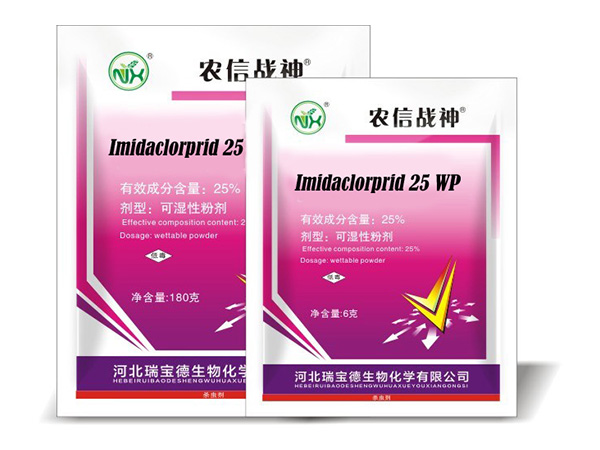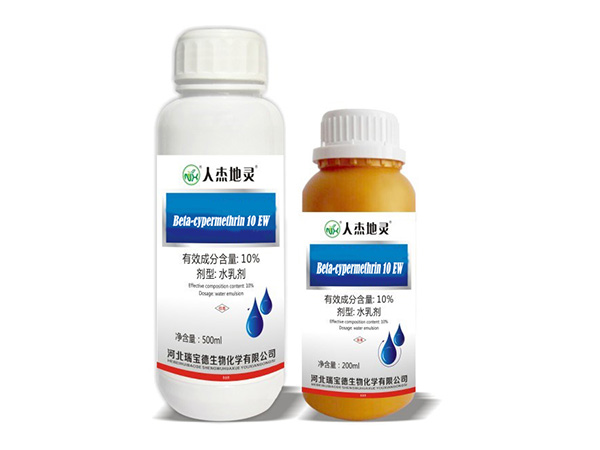The medicine, the battery, the route, the remotely loaded drone with the loaded pesticides fly on the wheat field according to the route planned by the computer. In 15 minutes, the prevention and control of 20 mu of wheat pests and diseases are completed. This is what I saw in the experimental demonstration base of the wheat innovation team.
The produced rye is supplied to the fixed enterprise by order farming. At this stage, wheat growth enters the stage of flowering and filling, which is a critical period for pest control. At this time point, wheat mainly controls "two insects and one disease": larvae, aphids, and powdery mildew.

"This year, the prevention and control of wheat pests and diseases on the basis of the perennial 'one spray three defenses', combined with green prevention and control, unified defense, pesticide reduction, and other factors, showing the characteristics of 'reduce' and 'change' 'new'. To control wheat sucking insects, aphids and powdery mildew, spray twice and use 200 grams of dichlorvos and
Beta-cypermethrin and 50 grams per acre.
Now, with 2 grams of
imidacloprid, 50 grams of
Beta-cypermethrin and 5 grams of oxazolyl per acre, the agent is mixed and sprayed once. The amount of pesticide per acre is reduced from 250 grams to 57 grams, and low toxicity is used. Pesticide replaces poisoned pesticides and reduces environmental pollution. At the same time, on the machine, new machinery and equipment such as automatic boom sprayer or drone are used instead of manual spraying to save labor and improve efficiency.

When the weather is right, complete the wheat “one spray three defenses” as soon as possible. At the same time, it is necessary to add potassium dihydrogen phosphate when spraying, to prevent premature aging of wheat, increase the weight of wheat granules, and ensure a high yield of wheat.


